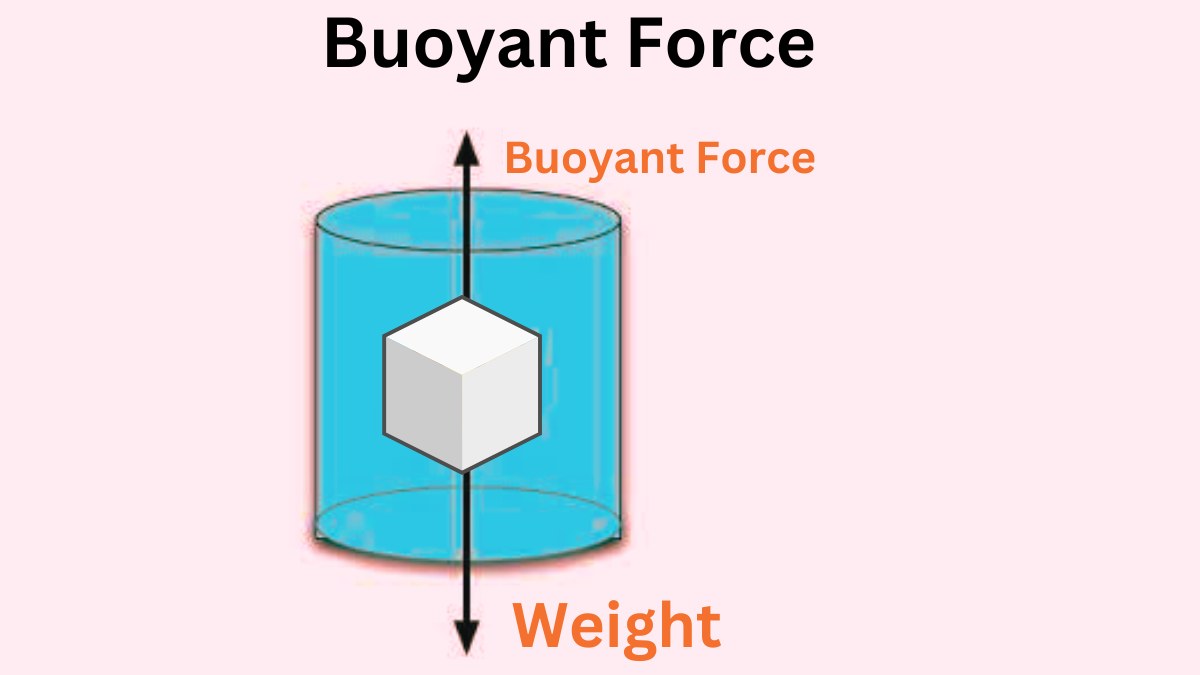Pressure System-Definition, And Types
Earth’s pressure system is a system of exceptionally high or low pressure compared to the surrounding air. Air expands when it is hot and compresses when it cools.
This causes atmospheric fluctuations. Due to the difference in atmospheric pressure, the air now begins to move from high pressure to low pressure.
Pressure System
Pressure systems are regions of the Earth’s atmosphere that have exceptionally high or low pressures compared to the surrounding air. We live at the bottom of the atmosphere, and the weight of all the air above us is called atmospheric pressure.
The pressure on the Earth’s surface varies daily because the Earth is not heated evenly by the Sun. An area composed of warm air is under pressure due to rising warm air. These areas are called low-pressure areas. Likewise, a place where the air pressure is high is known as a high-pressure system.
Air always flows from the high-pressure area to the low-pressure area to reduce the pressure difference and achieve balance. The Earth’s rotation creates a force called the Coriolis Effect, which stops the air from moving in a straight line.
Pressure systems cause local weather changes. Low-pressure systems are associated with clouds and precipitation, causing minimal temperature variation throughout the day, while high-pressure systems are generally associated with dry weather and mostly clear skies, with greater diurnal temperature variation due to more radiation at night and more sunlight during the day.
Meteorology Scientists analyze pressure systems as part of surface weather maps.
Types of Pressure Systems
There are two major types of pressure systems:
- Low-Pressure System
- High-Pressure System

Low-Pressure System
Areas of low pressure are areas where the atmospheric pressure at sea level is lower than in surrounding areas. An area of low-pressure forms below the area of wind divergence that occurs in the upper troposphere.
Low-pressure systems are caused by localized warming from increased sunlight over deserts and other land masses. Since the warm air in the local area is less dense than the surrounding area, the warm air rises, lowering the atmospheric pressure.
Large-scale thermal low pressures over continents help create the pressure gradients that drive monsoon circulation. Due to the Earth’s rotation and the Coriolis effect, winds from low-pressure systems spin counterclockwise. This flow is called cyclonic flow.
High-Pressure System
High-pressure systems are usually associated with light surface winds and subsidence across the lower troposphere. Typically, sedimentation dries out the air mass by heating it either adiabatically or by compression.
Therefore, high pressure usually brings clear skies. There are no clouds to reflect sunlight during the day, short-wave solar radiation increases, and the temperature rises. At night, the absence of clouds means that outward long-wave radiation (that is, heat energy from the surface) is not absorbed, resulting in cooler diurnal lows any time of year.
When surface winds weaken, subsidence generated below the high-pressure system can lead to a buildup of particulate matter in urban areas below the ridges, leading to widespread smog. Fog can form if the relative humidity in lower areas rises to 100 percent overnight.
Related FAQs
What are the types of pressure systems?
There are two main types of pressure systems:
Low-Pressure System
High-Pressure System
What is the pressure system?
A pressure system is a particular area where the air is at a higher or lower pressure than the air that surrounds it. These systems are often marked with H for high pressure or L for low pressure on a weather map. High-pressure air is dense, with particles packed closer together.
What is an example of a high-pressure system?
High-pressure systems can be linked to the jet stream by finding areas where the jet bulges northward. The jet stream is essentially an atmospheric river of air located at the level where jets cruise. Winds in the jet stream often reach 250 mph.

 written by
written by 





Leave a Reply